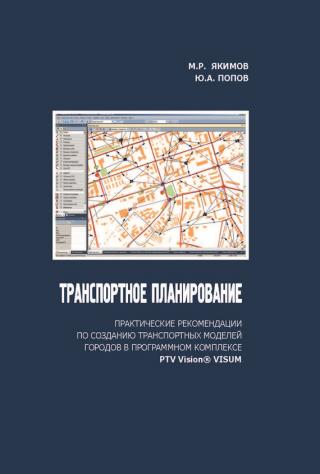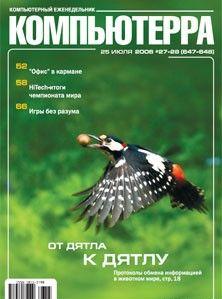
Аннотация
My first exposure to computer programming was at school nearly 40 years ago. My math teacher was a fan of computing and he established the first A-Level Computer Science course in the sixth form college. I didn’t take the CS A-Level, as I was committed to Math, Physics, and Chemistry. But my math teacher invited all the scientists to do an informal class in programming, once a week, after hours. It sounded interesting, so I enrolled.
We were introduced to a programming language called CESIL, 1 CESIL a cut-down version of an Assembler language 2 with instructions that had more meaningful names like LOAD, STORE, ADD, and JUMP. We were given green cards on which the instructions and numbers were printed. Next to each instruction was a small oval shape. Beyond that, there was a shape for every letter and numeric value.
Filling in the shapes with a pencil indicated the instructions and data we wanted to use. To make the “job,” work we topped and tailed our card deck with some standard instructions on more cards.
Our card decks were secured with rubber bands and sent off to Manchester University for processing. A week later, we usually (but not always) got our cards back together with a printout of the results. If we were lucky, our trivial programs generated some results. More often, our programs did not work, or did not even compile; that is, the computer did not understand our stumbling attempts to write meaningful program code.
I can’t remember what programs I wrote in those days. Probably calculating squares of integers or factorials or if I was really ambitious, the sine of an angle using Taylor series.
Looping (and more often, infinite looping) was a wonderful feature that had to be taken advantage of. Doing something that simply could not be done by humans was fascinating to me.
The challenge of thinking like the computer and of treating the mysterious machine in Manchester as an infallible wizard that must be obeyed—or at least communicated with in its own pedantic, arcane language—sticks in my mind. You could, with some practice, treat the wizard as your very own tireless slave. Those after-hours classes were great and I looked forward to them every week.
Programming was great fun, if you had a certain interest in control, procedure, and systematic thinking. Nearly 40 years later, I still enjoy battling with code. My programming language of choice nowadays is Python. 3
1 Computer Education in Schools Instruction Language (see http://en.wikipedia.org/wiki/ Cesil ) . If you are curious, you can download a fully working CESIL interpreter [18]. 2 Assembler is a very low-level language close to actual machine code. 3 Throughout the book, I use the term Python as shorthand for “the Python programming language.”




Комментарии к книге "Lean Python"